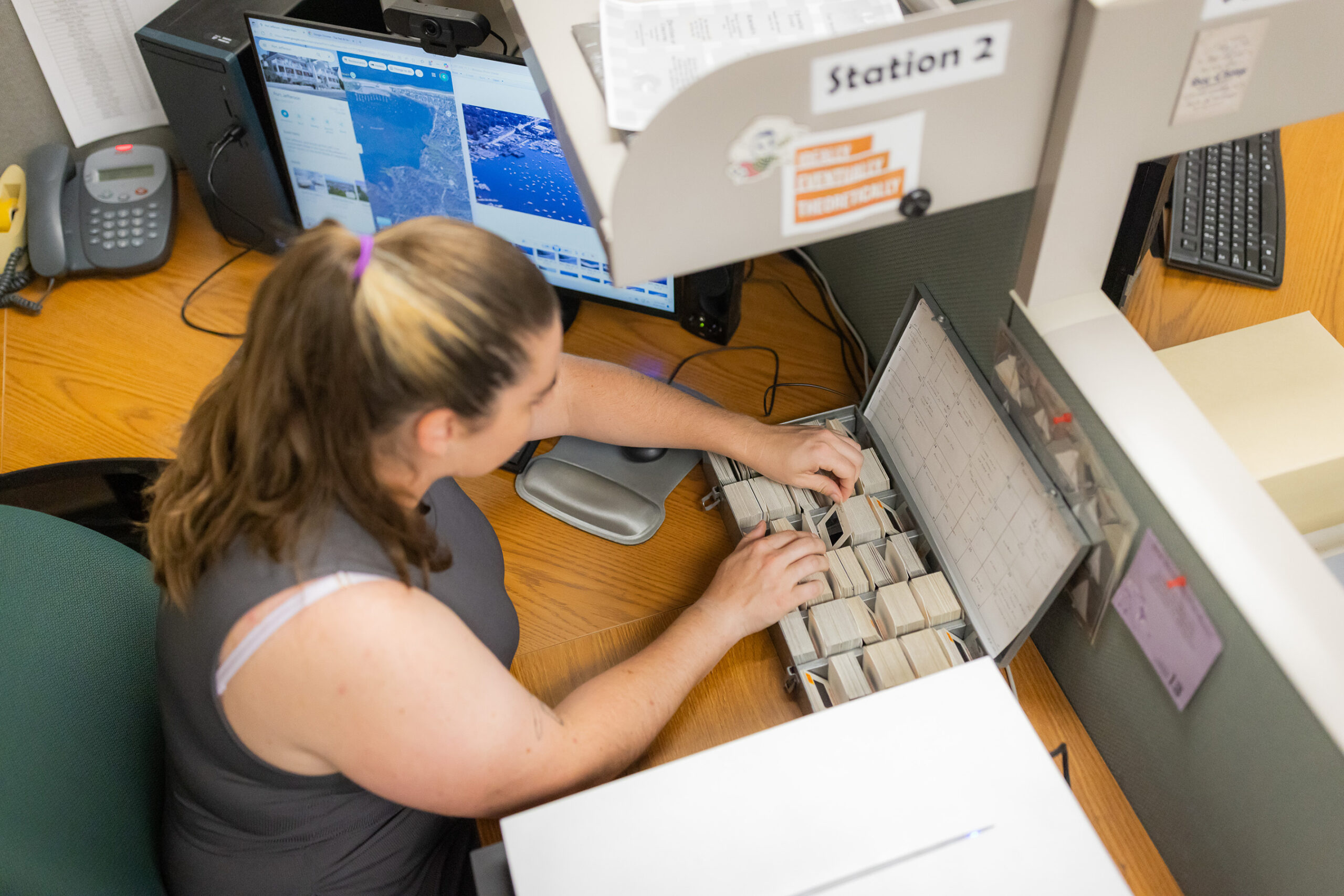 A museum’s catalog serves as a comprehensive and organized record of all objects within its collection. When focused on a specific geographic area—such as Long Island—it plays a crucial role in identifying, documenting, and interpreting items relevant to that region. The process of creating a Long Island Collection begins with reviewing the broader collection to locate artifacts, artworks, or documents that were either created on, discovered in, or thematically connected to Long Island. These items are tagged with metadata that highlights their regional relevance, helping curators, researchers, and the public easily locate and access them within Mystic Seaport’s wider catalog.
A museum’s catalog serves as a comprehensive and organized record of all objects within its collection. When focused on a specific geographic area—such as Long Island—it plays a crucial role in identifying, documenting, and interpreting items relevant to that region. The process of creating a Long Island Collection begins with reviewing the broader collection to locate artifacts, artworks, or documents that were either created on, discovered in, or thematically connected to Long Island. These items are tagged with metadata that highlights their regional relevance, helping curators, researchers, and the public easily locate and access them within Mystic Seaport’s wider catalog.
Once Long Island–related items are identified, the cataloging process goes further by recording detailed information, including provenance, historical context, and cultural significance specific to Long Island. For instance, by fully cataloging the photo album of Arthur S. Meloy Jr., I have been able to include information from over 200 photographs that pertain to recreational sailing in the Long Island Sound and throughout New England. The topics found in this album range from personal acquaintances and vessels owned by public figures to shipyards and natural weather disasters. This kind of cataloging enhances interpretive possibilities and ensures that items can be curated into meaningful exhibitions, educational programs, or digital content that explores Long Island’s unique history and cultural landscape.
Additionally, a museum catalog acts as a research tool, making Long Island–related materials discoverable to scholars, educators, and the public. It supports regional storytelling by providing access to items that might otherwise be buried in the broader collection. By organizing and tagging entries appropriately—using geographic and thematic keywords, local place names, or community associations—the catalog allows users to trace themes such as Indigenous history, economic development, or coastal ecology on Long Island. In doing so, it not only preserves local heritage but also connects it to broader narratives in American maritime history.
– Claire Fallon, Cataloger for the Long Island Collection
